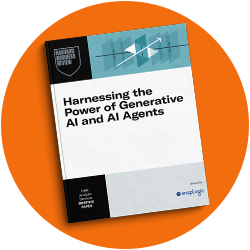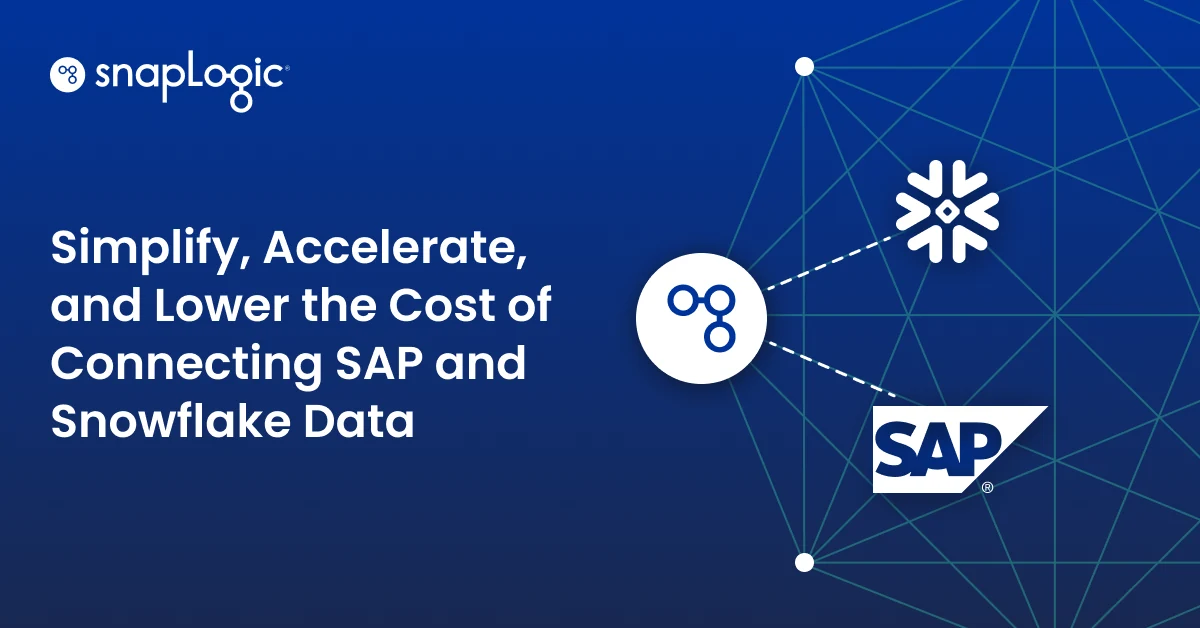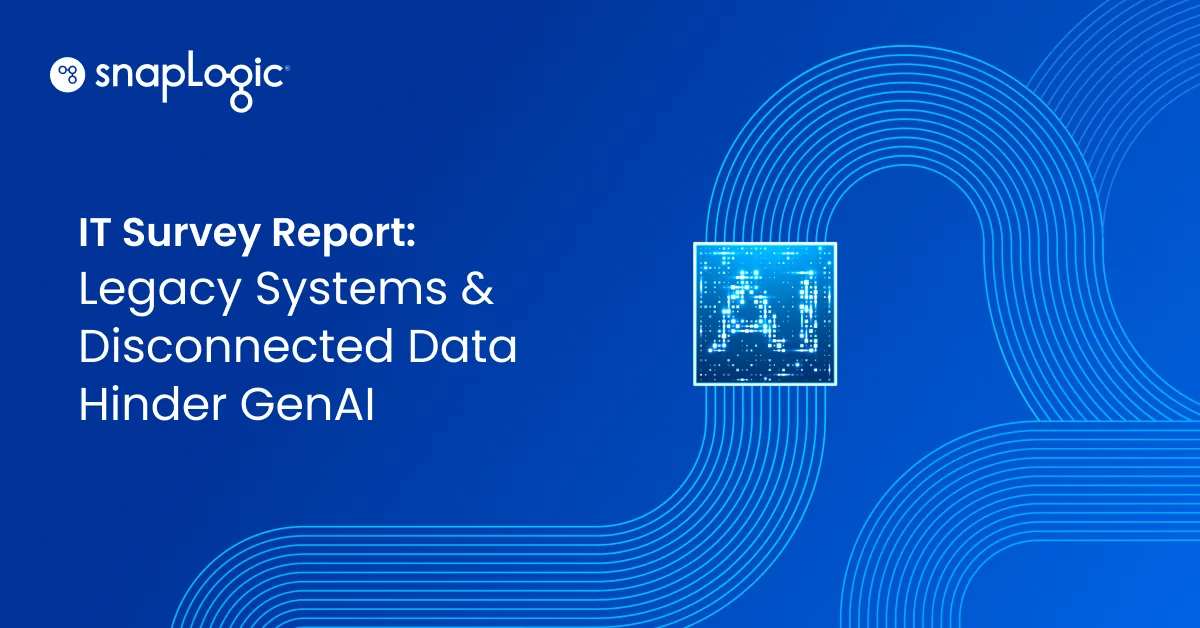Modern data stack is terminology that has gained marketing buzzword popularity over the last few years. The term is often applied to any cloud-hosted data stack and therefore, by default, can reference a collection of many software (SaaS) components. Outside of being cloud-hosted as a minimum requirement, understanding what the modern data stack represents can be vague and confusing, and may lead to companies suffering from the adverse effects and complexities of tool sprawl as organizations attempt to become more modern in their pursuit of digital transformation.
What Is the Modern Data Stack (MDS)?
The modern data stack (MDS) is a term used to describe a collection of cloud-hosted technologies that work together to enable businesses to collect, process, and analyze large amounts of data. This includes everything from databases and data warehouses, to data lakes and data integration tools. In general, the goal of deploying a modern data stack is to become more cloud-enabled and make it easier for businesses to access and analyze their data, so that they can make better decisions and improve their operations in a more nimble and agile manner.
What Tools Are in the Modern Data Stack?
From the list below, there are many different tools that are commonly used in modern data stacks. This is just the tip of the iceberg. Some of the most popular include:
- Collaboration and data sharing: Slack, Asana, Jira
- Data governance and management: Collibra, Alation, Immuta
- Data ingestion: Apache NiFi, Fivetran, Matillion, StreamSets, Talend
- Data orchestration: Apache Airflow, Azure Data Factory, Google Cloud Composer
- Data processing: Hadoop, Spark, Iceberg, Flink
- Data transformation: Apache Beam, AWS Glue, Google Cloud Data Fusion
- Data visualization, BI, and reporting: Tableau, PowerBI, Looker, Qlik
- Data warehouses: Amazon Redshift, Snowflake, Databricks, Azure Synapse, Google BigQuery
- Machine learning and AI: TensorFlow, PyTorch, scikit-learn
- Non-relational databases: MongoDB, Cassandra
- Relational databases: Cloud-based MySQL, Oracle, SQL Server
- Reverse ETL: Census, Hightouch
These are just a small example of the very large number of tools that are commonly used in modern data stacks. The specific tools and technologies that are used will vary depending on the needs of the organization.
The Key Drivers of the Rise of the Modern Data Stack
One of the key drivers of the rise of cloud-based solutions has been the explosion of data and the pursuit of digital transformation in recent years. With the growth of the internet and the proliferation of connected devices, businesses are generating more data than ever before. This has created a need for not only more powerful and scalable technologies, but more nimble and best-in-class solutions that can handle this influx of data and deliver value. From all of these tools, the modern data stack is the result.
Another important factor in the rise of the modern data stack is the increasing importance of data-driven decision-making. In today’s competitive business environment, having access to accurate and timely data is essential for making smart decisions. The modern data stack enables businesses to access the data they need to make informed decisions, which has helped to drive its adoption.
This rise in the modern data stack has led to an increase in demand for technologies such as big data platforms, data lakes, data warehousing, and advanced analytics tools. However, with this rise in popularity also comes more complexity and potentially significant cost.
Who’s Responsible for Building and Maintaining the Modern Data Stack?
The burden and responsibility for building and maintaining the modern data stack typically falls to a team of data engineers and data architects. These individuals are responsible for designing and implementing the various technologies that make up the data stack, as well as for ensuring that the data stack is properly integrated with other systems and processes within an organization.
In addition to data engineers and data architects, other members of the IT team may also be involved in building and maintaining the modern data stack. This can include system administrators, network administrators, and other IT professionals who have expertise in the technologies used in the data stack.
Ultimately, the success of the modern data stack depends on the collaboration and expertise of a wide range of individuals, including data engineers, data architects, and other IT professionals. By working together, these individuals can ensure that the data stack is appropriately designed, implemented, and maintained and provides the organization with the maximum value.
What Is the Modern Data Toll?
The cost of implementing and maintaining a modern data stack can vary depending on a variety of factors, such as the size of the organization, the amount of data being collected and processed, and the specific technologies and tools being used. In general, however, the cost of a modern data stack can be significant, especially for small and medium-sized businesses. We call this cost, the “Modern Data Toll.”
Ways to Simplify Your Modern Data Stack
Not all is lost. There are ways to reduce or cut your “Modern Data Toll,” and reduce your MDS complexity.
Here are some ways to simplify your MDS:
- Establish a clear governance structure for data management, including defining roles and responsibilities and establishing policies and procedures for tool selection and implementation.
- Conduct regular evaluations of the tools being used to identify inefficiencies or low-value tools and consider alternatives or consolidations.
- Focus on standardization and consolidation, such as using a common set of tools or consolidating multiple tools into one platform.
- Adopt a common data architecture to ensure flexibility and scalability.
- Consider using a platform-based approach to data management, which can support all data management and analysis needs with a single integrated platform.
By implementing these strategies, organizations can reduce complexity and inefficiency in their data stack and improve the efficiency and effectiveness of their data management and analysis. This can help them extract maximum value from their data.









